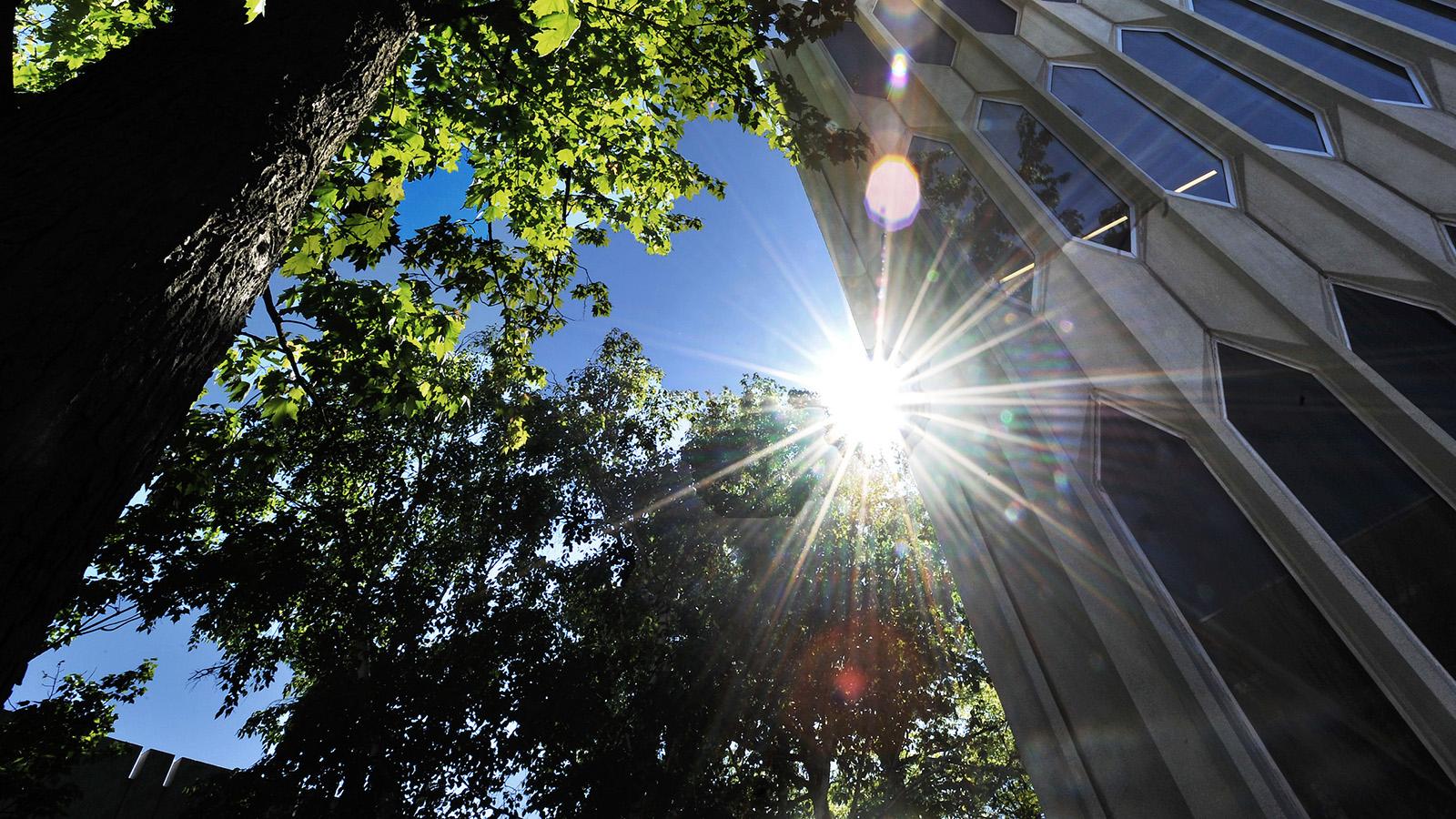
OCLIPSE
The 2024 Solar Eclipse at Oberlin
Photo credit: Walter Novak
Pro Tips from Oberlin’s Astronomers
It’s little surprise that two of Oberlin’s most venerable astronomers—Observatory and Planetarium Coordinator Dave Lengyel and Emeritus Professor of Physics Dan Stinebring—are geeking out over the upcoming eclipse.
Drop in on Stinebring and Lengyel as they highlight in this video why they’re so excited for April 8—and why maybe you should be too.

Photo credit: Rick Sherlock, Courtesy of the Oberlin College Archives
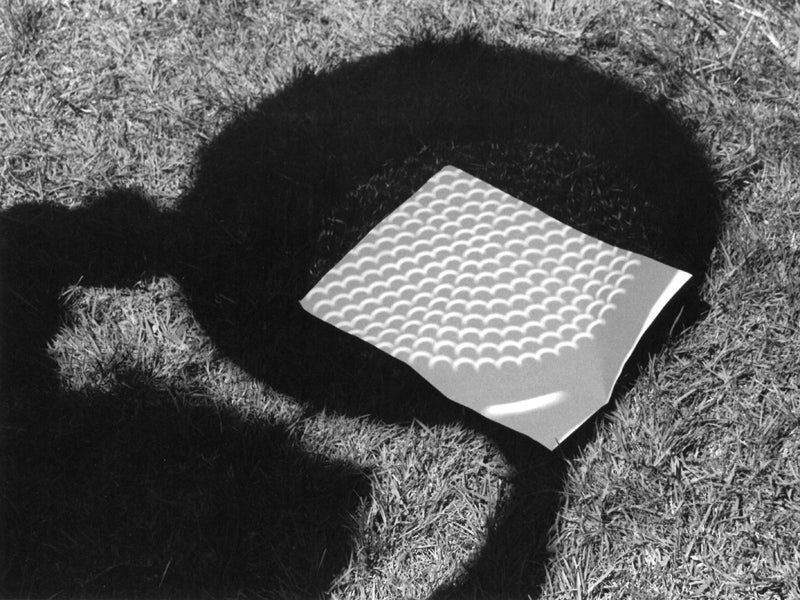
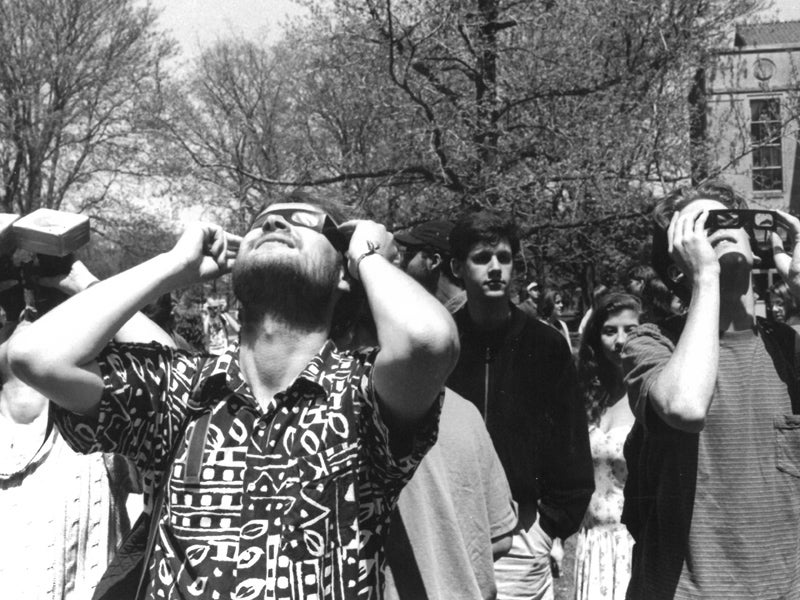
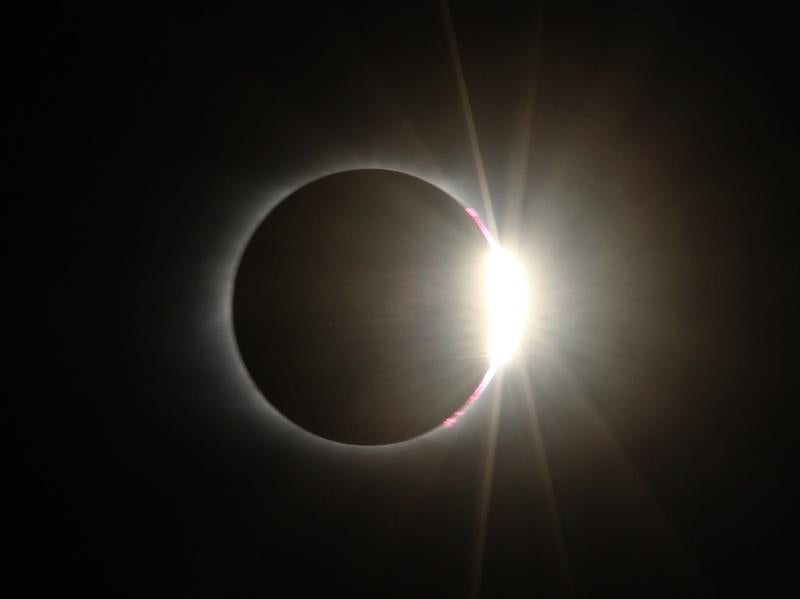
The "Diamond Ring" effect is seen as the moon makes its final move over the sun during the total solar eclipse of August 21, 2017.
Photo credit: Dave Lengyel
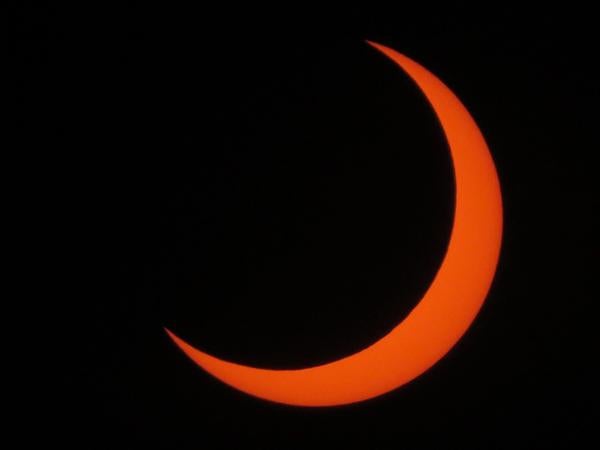
An annular solar eclipse on October 28, 2023 created the illusion of a red crescent, or “ring of fire”, around the moon.
Photo credit: Dave Lengyel